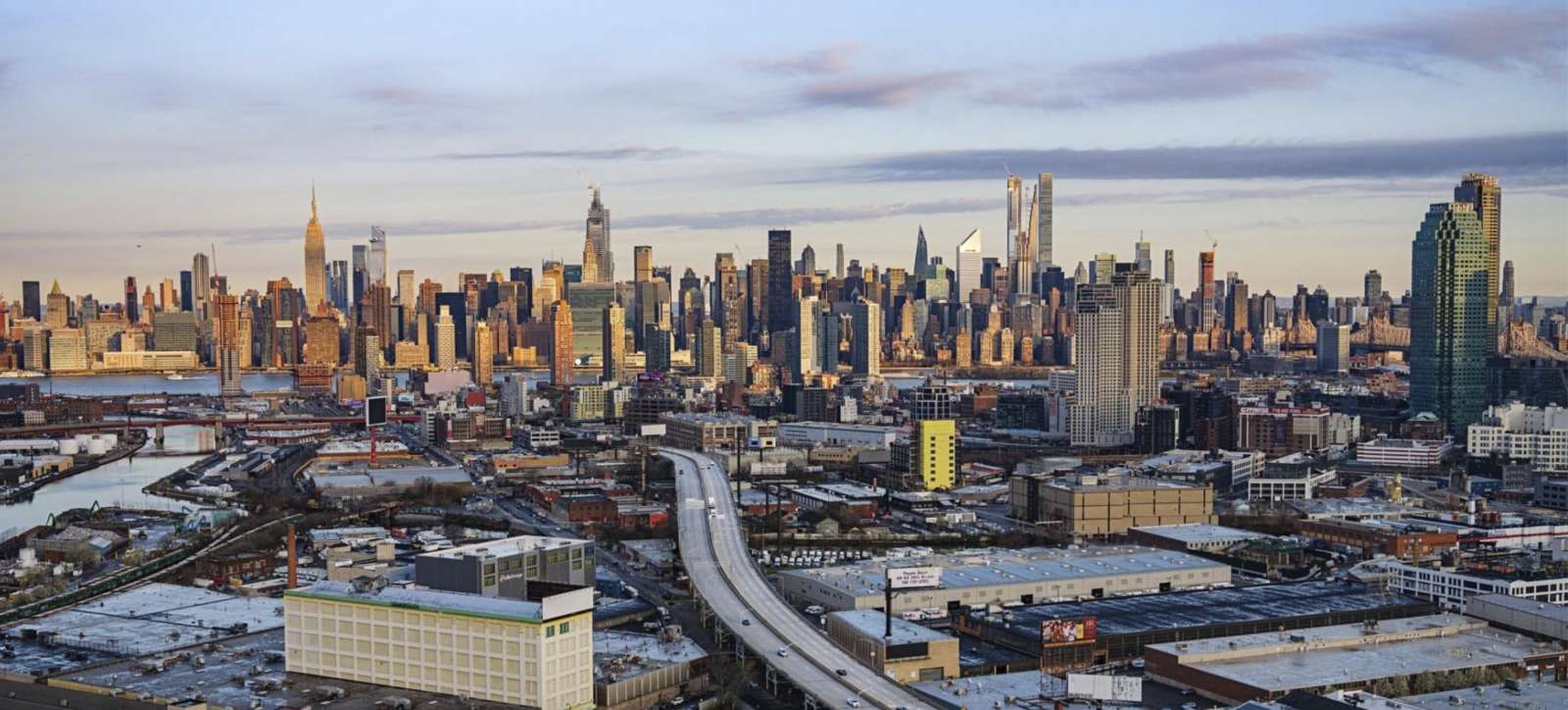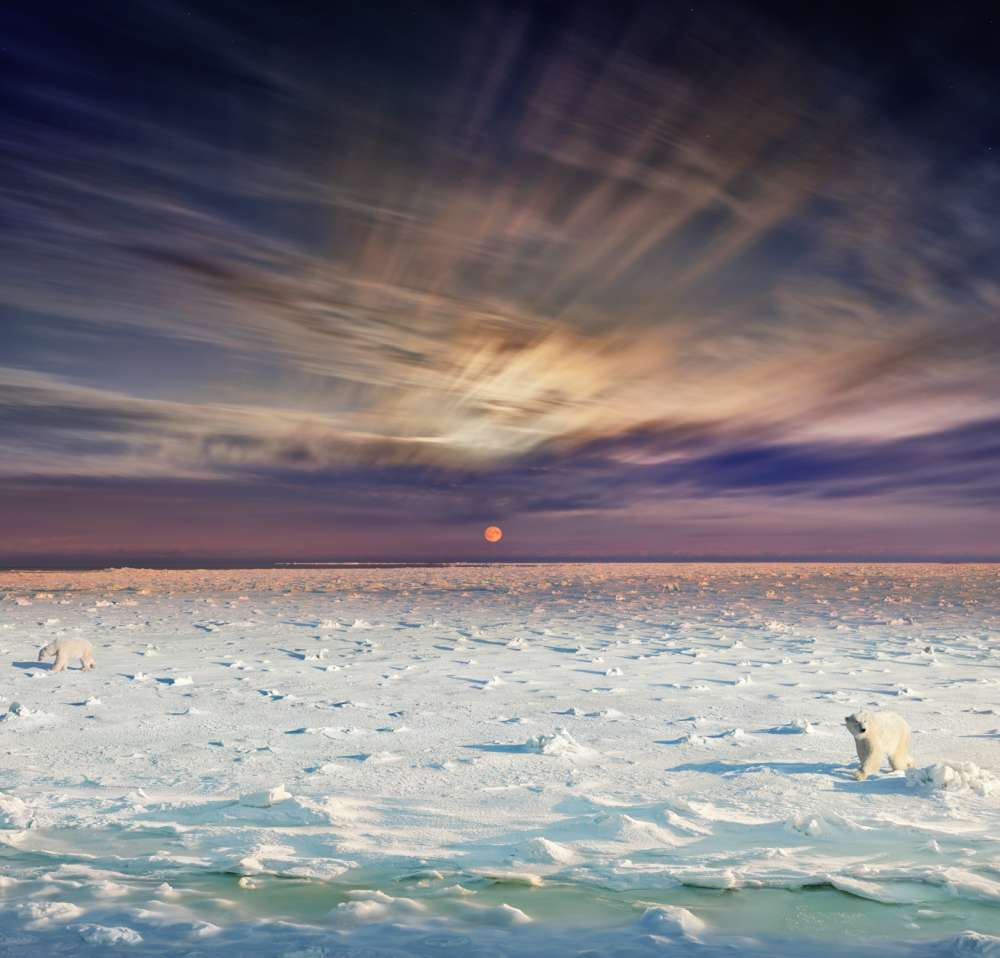Stephen Wilkes is a photographer, TED speaker, and creator of fine art. But at his core, he’s a New Yorker. Wilkes was born in the city, and most of his life has unfolded on its streets and avenues. This identity brought extra heartache in the spring when New York earned unenviable distinction as a global hot spot and the U.S. epicenter of the COVID-19 pandemic. The “city that never sleeps” finally did—for weeks, and then, for months.
As the city went on lockdown in late March, Wilkes asked for clearance to fly over the famously protected nerve center of American commerce and culture. Officials said yes, and Wilkes and his longtime friend, pilot Al Cerullo, took a helicopter high above the avenues and subway stops. They peered down at a tent hospital in Central Park and at the occasional rooftop sunbathers and dog-walking apartment dwellers.
But mostly they saw stillness: nothing, and no one, moving. Empty streets, empty tunnels, Bryant Park without its typical midtown lunch crowd, and an absence of office workers circulating around the Empire State Building. “New York is like a river, always running with energy and motion,” says Wilkes. “When you see New York empty, it doesn’t make any sense.”
As Wilkes flew over Times Square—which annually hosts more than 50 million visitors and one of the world’s largest New Year’s Eve parties—a screen flashed a message now universally embraced: “For those fighting for our lives, thank you.”



